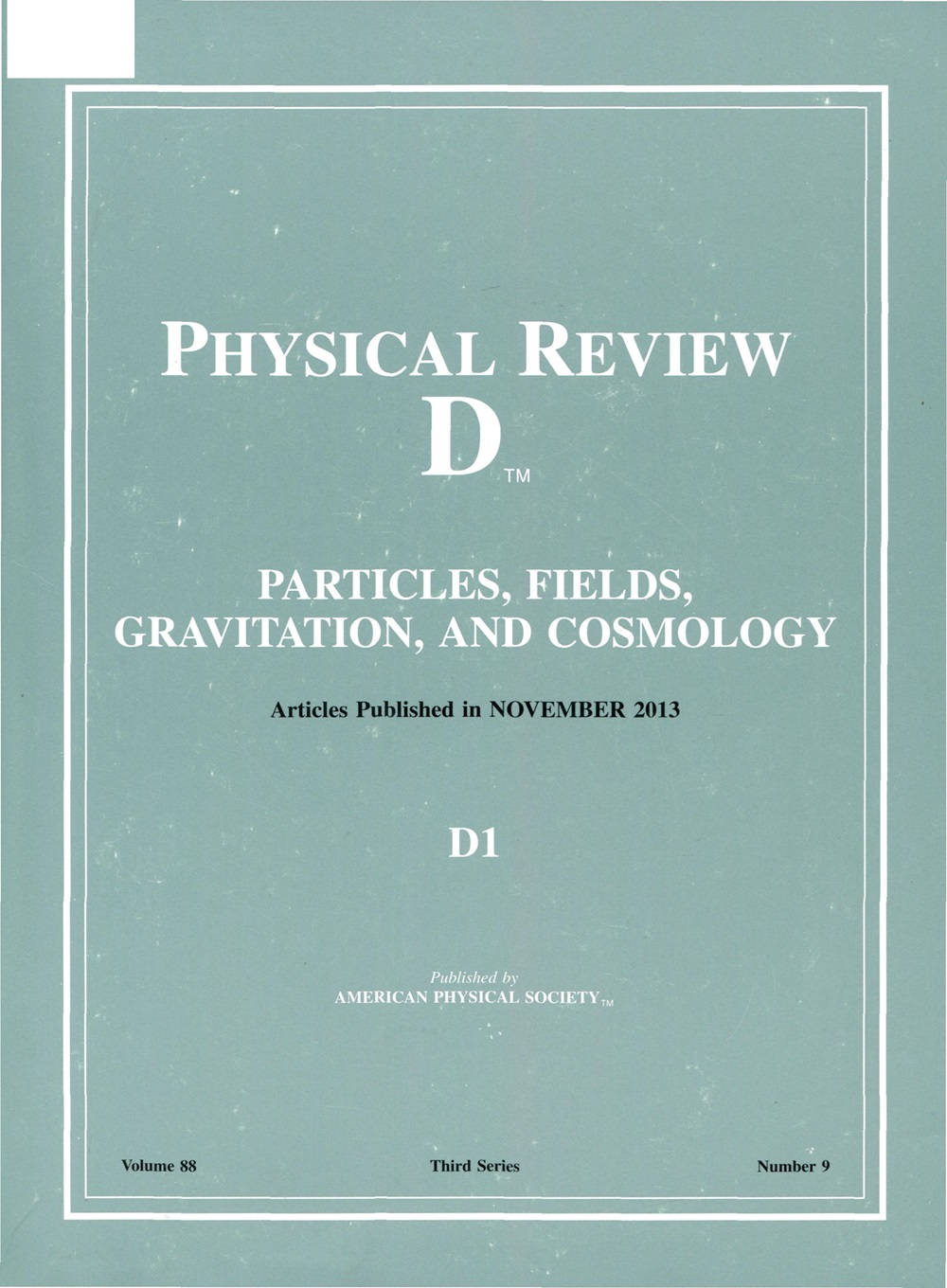Gravitational lensing of waves: Novel methods for wave-optics phenomena
IF 5.3
2区 物理与天体物理
Q1 Physics and Astronomy
引用次数: 0
Abstract
Wave-optics phenomena in gravitational lensing occur when the signal’s wavelength is commensurate to the gravitational radius of the lens. Although potentially detectable in lensed gravitational waves, fast radio bursts and pulsars, accurate numerical predictions are challenging to compute. Here we present novel methods for wave-optics lensing that allow the treatment of general lenses. In addition to a general algorithm, specialized methods optimize symmetric lenses (arbitrary number of images) and generic lenses in the single-image regime. We also develop approximations for simple lenses (point-like and singular isothermal sphere) that drastically outperform known solutions without compromising accuracy. These algorithms are implemented in (o); an accurate, flexible, and fast code. o efficiently computes the frequency-dependent amplification factor for generic lens models and arbitrary impact parameters in O(1ms) to波的引力透镜:波光学现象的新方法
当信号的波长与透镜的引力半径相称时,引力透镜中的波光学现象就会发生。尽管在透镜引力波、快速射电暴和脉冲星中都有可能探测到,但精确的数值预测很难计算。在这里,我们提出了新的方法,波光学透镜允许处理一般透镜。除了一般的算法,专门的方法优化对称透镜(任意数量的图像)和通用透镜在单图像制度。我们还开发了简单透镜(点状和奇异等温球)的近似,在不影响精度的情况下大大优于已知的解决方案。这些算法在(0)中实现;准确、灵活、快速的代码。o有效地计算频率相关的放大系数的通用镜头模型和任意冲击参数在o (1ms)到o (10ms)取决于镜头的配置和复杂性。O很容易适用于引力波信号的模型透镜衍射,为利用地面和空间探测器的信号研究暗物质和大尺度结构的分布提供了新的手段。2025年由美国物理学会出版
本文章由计算机程序翻译,如有差异,请以英文原文为准。
求助全文
约1分钟内获得全文
求助全文
来源期刊

Physical Review D
物理-天文与天体物理
CiteScore
9.20
自引率
36.00%
发文量
0
审稿时长
2 months
期刊介绍:
Physical Review D (PRD) is a leading journal in elementary particle physics, field theory, gravitation, and cosmology and is one of the top-cited journals in high-energy physics.
PRD covers experimental and theoretical results in all aspects of particle physics, field theory, gravitation and cosmology, including:
Particle physics experiments,
Electroweak interactions,
Strong interactions,
Lattice field theories, lattice QCD,
Beyond the standard model physics,
Phenomenological aspects of field theory, general methods,
Gravity, cosmology, cosmic rays,
Astrophysics and astroparticle physics,
General relativity,
Formal aspects of field theory, field theory in curved space,
String theory, quantum gravity, gauge/gravity duality.
 求助内容:
求助内容: 应助结果提醒方式:
应助结果提醒方式:


